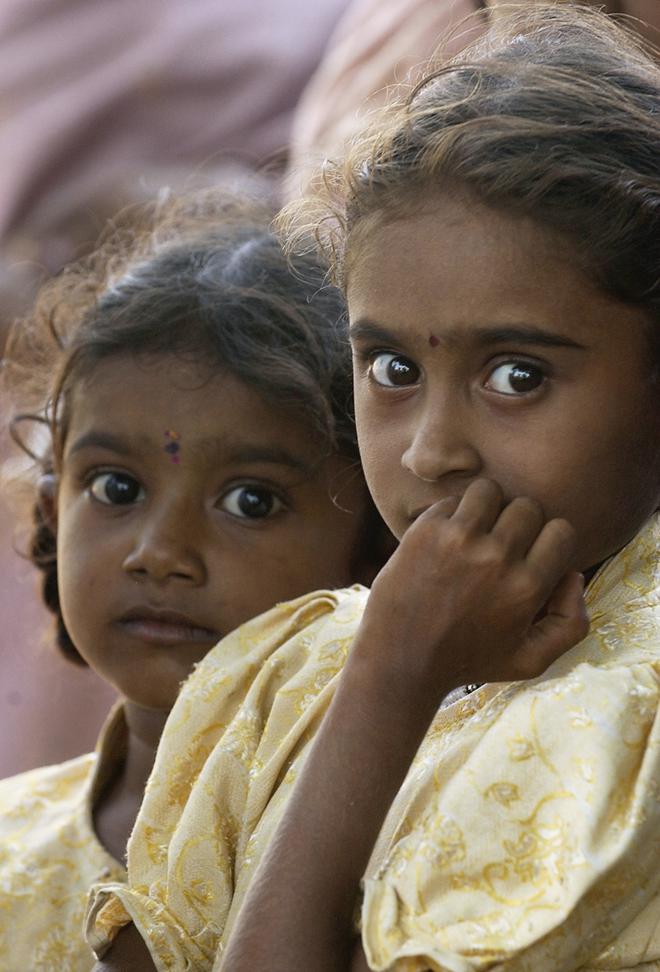
Although Chickballapur has recorded the lowest child sex ratio at birth in 2022 at 868 (for every 1,000 males as per CRS data), it is Bengaluru Urban (including BBMP) which has seen the steepest decline of 25.2% last year in comparison to 2021. The sex ratio in this district has dropped from 1,269 in 2021 to 949 in 2022.
Overall, Karnataka has recorded a decline in the child sex ratio at birth — from 947 in 2021 to 929 in 2022.
As many as 22 districts have recorded a decline in sex ratio of which at least seven districts have recorded more than 4% drop in the same period, according to Karnataka’s Civil Registration System (CRS) data. While the sex ratio is higher than the State average of 929 in 16 districts, what is alarming is that it is less than 900 in five districts — Chickballapur (868), Mandya (877), Bagalkote (886), Kalaburagi (888) and Bidar (898).
Before the pandemic
Before the COVID-19 pandemic in 2019, the average sex ratio in the State stood at 934 while it increased to 947 in 2020 and 2021.
In 2019, while Bengaluru Urban (including BBMP) had recorded the highest sex ratio at 1,715, Bidar had recorded the lowest sex ratio at 886 followed by Bagalkot at 897. In 2020, Bengaluru Urban (including BBMP) continued to record the highest sex ratio at 1,284 while Mandya recorded the lowest at 884. Mysuru, which saw a rise from 923 in 2019 to 930 in 2020 has sustained the trend till 2022.
This data gains significance in the light of the recent unearthing of a sex determination racket across Bengaluru, Mandya, and Mysuru districts. The Bengaluru police recently arrested a doctor and his lab technician who allegedly performed around 900 illegal abortions in the last three years. Following this, the State government has ordered a CID probe and has announced the setting up of a task force to check female foeticide
State Health Commissioner Randeep D. said the steep decline in sex ratio in Bengaluru Urban could be because this district has a lot of migratory and floating population. “However, we are conscious that a part of the decline could be on account of female foeticide too and appropriate measures are being put in place to check this,” he said.
Nuclear families
C.M. Lakshmana, professor at Population Research Centre in the Institute for Social and Economic Change (ISEC), attributed the steep decline in the ratio in Bengaluru Urban to increasing adoption of a nuclear family concept. “This is an emerging trend in urban areas and most families would prefer to have a male child to a female as the only child. This trend in urban areas needs further investigation by demographers and population scientists,” he said.
Pointing out that studies have shown rampant ‘son preference’ in society, Prof. Lakshmana, however, said if sex ratio at birth is above 1,000 it needs to be investigated. “CRS data can have variations and should be taken only as an indicator as it is based on birth registrations,” he said.
K.S. Vimala, State vice-president, Janawadi Mahila Sangathane, said the easy accessibility of scanning centres in urban areas could be the reason for the decline in sex ratio in Bengaluru Urban. “The highest number of scanning centres are in Bengaluru making female foeticide easy for those who prefer a male child to a female,” she said.
Impact of socio-economic factors on sex ratio
A study published in July this year in the International Journal of Science and Research (IJSR) by Suresh L. Chitragar from MES’s Arts and Commerce College, Mudalgi in Belagavi district has revealed the impact of underlying socio-economic and cultural factors on the sex ratio. The study discloses an imbalanced sex ratio in Karnataka, with a continuous decline from 1901 to 2011, except for marginal improvements, leading to significant shortages of females in both urban and rural areas.
“The sex ratio in Karnataka improved from 960 in 1991 to 973 in 2011. The change in sex ratio in individual districts, however, is not uniform, and there is significant regional variation. Female literacy has a positive bearing on the sex ratio, and states that have a higher literacy rate show faster movement towards gender parity. Therefore, the higher the female literacy rate in a State, the greater the improvement in the sex ratio for every percent increase in female literacy,” the study pointed out.







